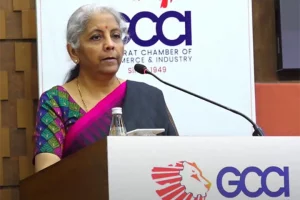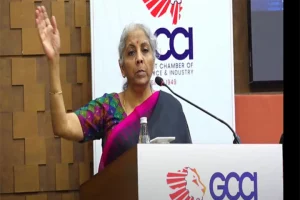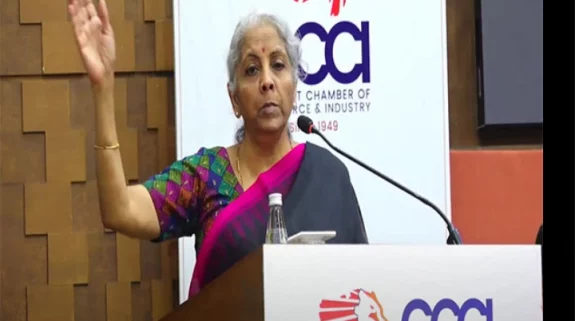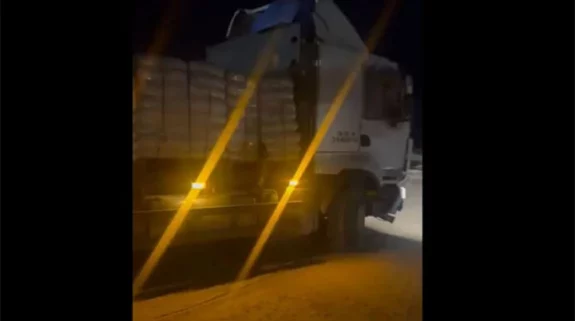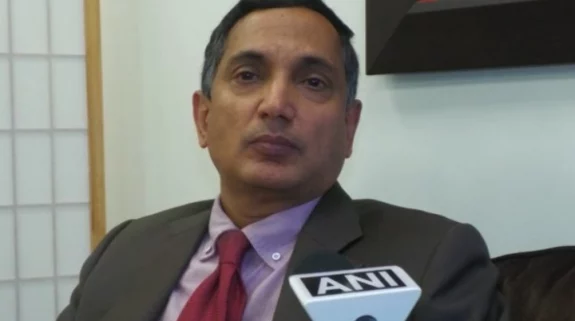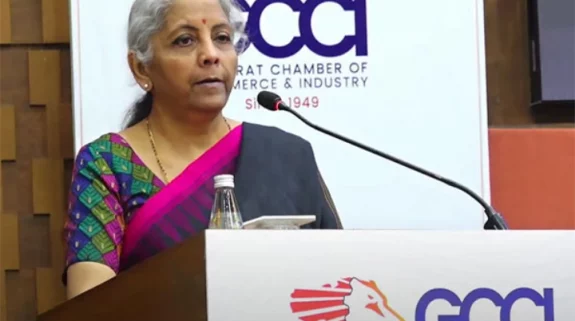Geopolitics has robbed Jammu and Kashmir (J&K) and Ladakh of its natural regional connectivity. Because of Pakistan’s territorial land grab in 1948, Ladakh’s outreach to Xinjiang across the Khunjerab pass has been blocked. In the 1950s, Mao’s China seized Aksai Chin in eastern Ladakh. Trade through the Karakoram Pass is unlikely to revive anytime soon on account of Beijing’s latest intrusion in Ladakh. China also controls the Shaksgam valley in Gilgit Baltistan, which Pakistan illegally ceded to Beijing in 1963.
Though the region’s cross border accesses remain virtually blocked, the two union territories of J&K and Ladakh can hugely benefit from new stand-out nodes of connectivity with the rest of India. A strategic railway line linking Baramulla in the Kashmir valley to Uddhampur, via Srinagar in nearing completion. Baramulla would be the starting point of the 312 km railway line, which would link the Kashmir valley to mainland India through the city of Uddhampur.
A mile-long bridge over the river Chenab, a major artery feeding into the mighty Indus, which presented engineers an enormous challenge, is about to be completed. Made up of blast-proof steel, it is designed to withstand both earthquakes and terror strikes, as well as temperatures 20 degrees below zero. The railway is expected to begin operations in 2021.
New strategic road connections are also opening up to raise internal and external connectivity of the region to the next level. The Rohtang tunnel or Atal tunnel, named after India’s former Prime Minister Atal Behari Vajpayee, has also reached the terminal stage. The 8.8 km highway tunnel is being constructed beneath the lofty Rohtang Pass. The pass in the eastern Pir Panjal range of the Himalayas lies smack on the Leh-Manali Highway.
This highway is of exceptional importance. It is one of the two routes to Ladakh, which will greatly benefit from the tunnel. Without the burrow, traffic through Rohtang Pass, which receives heavy snowfall and blizzards during winter, is open for only four months in a year. But once the tunnel is completed, traffic between Himachal Pradesh and Ladakh will have all weather access.
Leh, the capital of Ladakh is also reached from the Zoji La pass, which links up with the valley along the Leh-Kargil-Dras-Srinagar highway. But the strategic road not far from the Line of Control with Pakistan is also blocked by snow for nearly four months in a year at the Zoji La pass. To overcome this problem, the construction of a 14 km long tunnel under Zoji La pass, has already been flagged. The Zoji La and the Manali routes are also of critical importance as logistical arteries feeding into the army’s sub sectors facing the Siachen glacier and Aksai Chin in eastern Ladakh.
The Kashmir valley is being further opened out to Ladakh via the 6.5 km Z-morh tunnel. The passageway being constructed near Gagangir together with Zoji La tunnel will ensure all weather connectivity between Srinagar and Kargil, which, otherwise remains closed for about seven months due to snow.
In tune with connectivity, Ladakh as well as J&K are set to experience a cultural renaissance. Prime Minister Narendra Modi has apparently green lighted the plan for the first central university in Ladakh with a Center on Buddhist Studies. The Ladakh Central University will also benefit students from Lahaul and Spiti districts of Himachal Pradesh once the Atal all-weather tunnel opens up.
The decision to open up a Buddhist center docks with Ladakh’s longstanding tradition of Buddhism, which has civilizational roots, and is of international significance. According to some historical records, though Buddhism had been seeded during emperor Ashoka’s reign, by the eight century, Kashmir had emerged as an important Buddhist Centre, transmitting the faith to Central Asia and China.
Buddhism spread from the Kashmir valley, and then via Baltistan, Leh, Nubra it made its way to China crossing the Karakoram and Suget passes, into today’s Xinjiang. Ladakh had also enjoyed close relationships with Central Asia from the ancient times. The Central Asian route covering around 400 miles, was apparently used by Buddhist monks to attend the fourth Buddhist council, which was held in Kashmir during the time of the Kushan dynasty emperor, Kanishka.
Fired by the zeal to spread Buddhism through a well organised monastic order, many Kashmiri monks went to China to channel Mahayana Buddhism. Some of the names that stand out include Sangabhutti, Kumarajiva, Buddhayasa, Guatam Sangadeva, Punyatrata, Vikmalaksha and Guna Varman and Buddabhadra.
The Kashmir region has also been a major center of Hinduism, which by the ninth century became a fount of Trika Shaivism. With the arrival of Sufi saints in the 14th century, Kashmir experienced a gradual process of Islamisation coupled with a culture of peaceful co-existence steered mainly by Kashmir’s major indigenous Sufi order, the Muslim Rishis. The Rishis, led by Nund Rishi or Nuruddin Nurani adapted to pre-Islamic practices, such as vegetarianism and asceticism, which helped them open up a novel tradition; of being revered by both Hindus and Muslims.
With a new wave of opportunities opening up, Kashmiris have to make a fundamental choice—of defining a new and re-negotiated social contract with an economically vibrant and rising India, based on their harmonious Hindu, Buddhist and Sufi traditions, or pursue the sterile and tragic path of Kashmiri nationalism or Islamic fundamentalism, backed by a self-serving neighbor..









